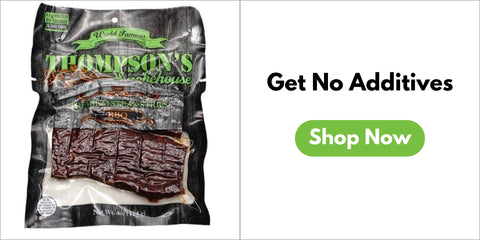
Do You Know What is in Your Hot Dog?
One day my husband and I were traveling somewhere with my brother-in-law and his wife. We stopped for gas and walked into the convenience store where they had many quick food options, including hot dogs.
As we passed the hot dogs that were rolling around on their heating unit, trying to tempt us, my brother-in-law jokingly said, “You know what hot dogs are made of?”
Nothing good. Right?
And then he said, “Beaks and butts.”
Although this may not be completely accurate, it provided a good laugh that day and many times since.
But let’s talk about what really is in your hot dogs. I’m mostly referring to the additives and preservatives that may not be what your body needs, and certainly do not add nutritional value to your food. Hot dogs typically contain various additives and preservatives to enhance flavor, texture, and extend their shelf life.
Let’s highlight a few of these additives.
- Sodium Nitrite and Nitrate: These additives are used to preserve the color and to prevent the growth of bacteria, specifically Clostridium botulinum, which can cause botulism. However, when nitrates react with amino acids during cooking they can form nitrosamines, which have been associated with an increased risk of certain cancers.
- Phosphates: Phosphates, such as sodium phosphate and sodium tripolyphosphate, are used to improve the texture and moisture retention in hot dogs. They can enhance water binding properties and give the hot dog a juicer appearance. However, excessive consumption of phosphates has been linked to health concerns, including kidney damage and cardiovascular issues.
- Flavor Enhancers: Hot dogs may contain flavor enhancers such as monosodium glutamate (MSG) or hydrolyzed vegetable protein (HVP). These additives enhance the taste and savory flavor of the hot dog. However, for many people, MSG is known to cause problems like headaches, flushing, shortness of breath, and sweating.
- Starches and Fillers: Starches, such as cornstarch or potato starch, are often added to improve texture and bind the ingredients together. Fillers, such as soy protein isolate or non-meat extenders, may be used to reduce costs and increase product volume. These additives can affect the nutritional profile of hot dogs.
- Artificial Colors: Hot dogs may contain artificial colors, such as Red 40 or Carmin, to enhance their visual appeal. These colors are used to give the hot dogs a more desirable hue, but they offer no nutritional value. Many parents have learned that eliminating colors like Red 40 is one important step when dealing with allergies or hyperactivity and behavior problems in their children.
- Preservatives: Hot dogs may include preservatives like sodium erythorbate or sodium benzoate to extend their shelf life by inhibiting microbial growth and delaying spoilage.
So how do you assure that you know what is in your hot dog?

Always read the label!
There are some great brands out there that are avoiding these questionable ingredients. One example is Teton Waters Ranch. They make hot dogs with grass fed beef and then add some spices that include things like paprika, sea salt, vinegar, celery powder, garlic powder and onion powder. They add cherry powder too, I’m guessing this is to give their hot dogs that color we have come to expect in a hot dog.
Additives are almost always present in a food product in order to make it more like the real thing, or to make it more appealing. Teton Waters Ranch and other great hot dog makers use the real food that made that dish wonderful in the first place. Not only does real food taste great, it has real nutrition.
Just know there are choices, even when it comes to hot dogs. Don’t settle for cheap hot dogs that have questionable ingredients.
By Melanie Skelton, Master Herbalist

